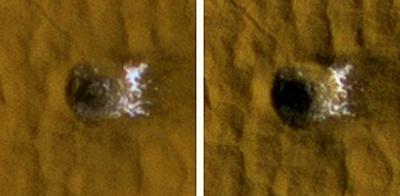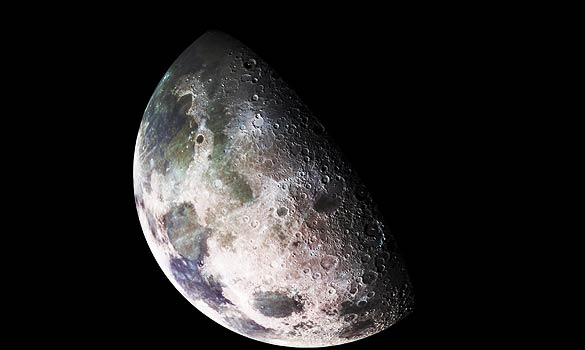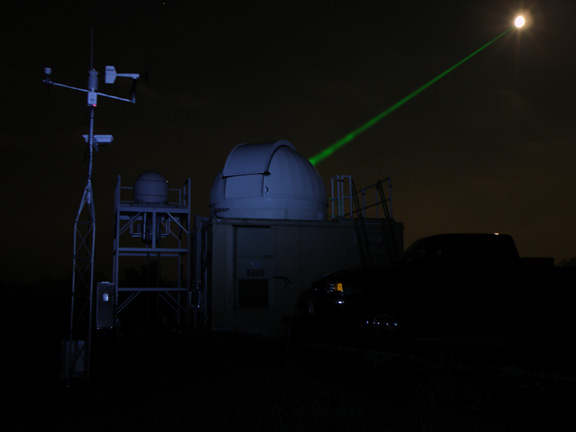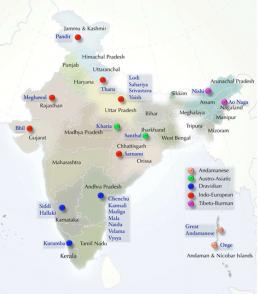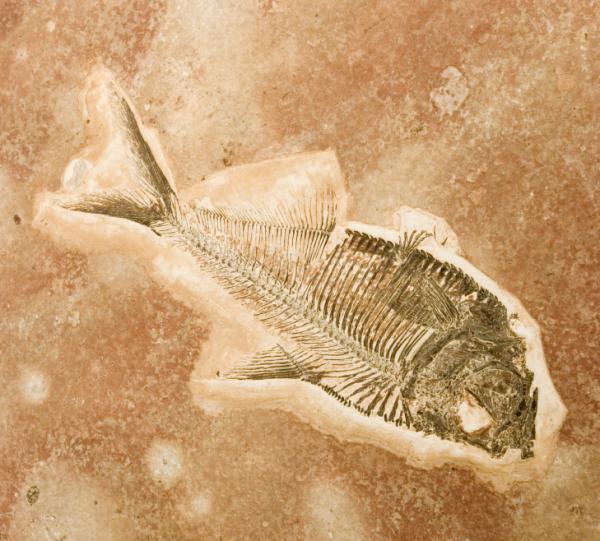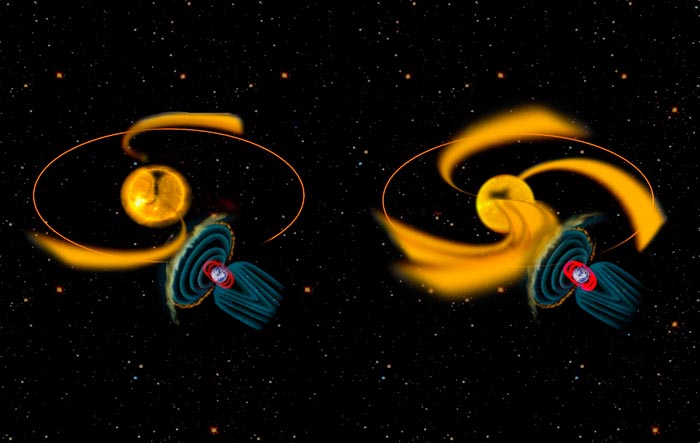
© Ken Childress/TransoceanAn off-shore oil rig, shown here off Brest, France, and now under contract to BP off the coast of Angola. More than 200 oil discoveries have been reported so far in 2009 in dozens of countries.
The oil industry has been on a hot streak this year, thanks to a series of major discoveries that have rekindled a sense of excitement across the petroleum sector, despite falling prices and a tough economy.
These discoveries, spanning five continents, are the result of hefty investments that began earlier in the decade when oil prices rose, and of new technologies that allow explorers to drill at greater depths and break tougher rocks.
"That's the wonderful thing about price signals in a free market - it puts people in a better position to take more exploration risk," said James T. Hackett, chairman and chief executive of Anadarko Petroleum.
More than 200 discoveries have been reported so far this year in dozens of countries, including northern Iraq's Kurdish region, Australia, Israel, Iran, Brazil, Norway, Ghana and Russia. They have been made by international giants, like Exxon Mobil, but also by industry minnows, like Tullow Oil.
Just this month, BP said that it found a giant deepwater field that might turn out to be the biggest oil discovery ever in the Gulf of Mexico, while Anadarko announced a large find in an "exciting and highly prospective" region off Sierra Leone.
